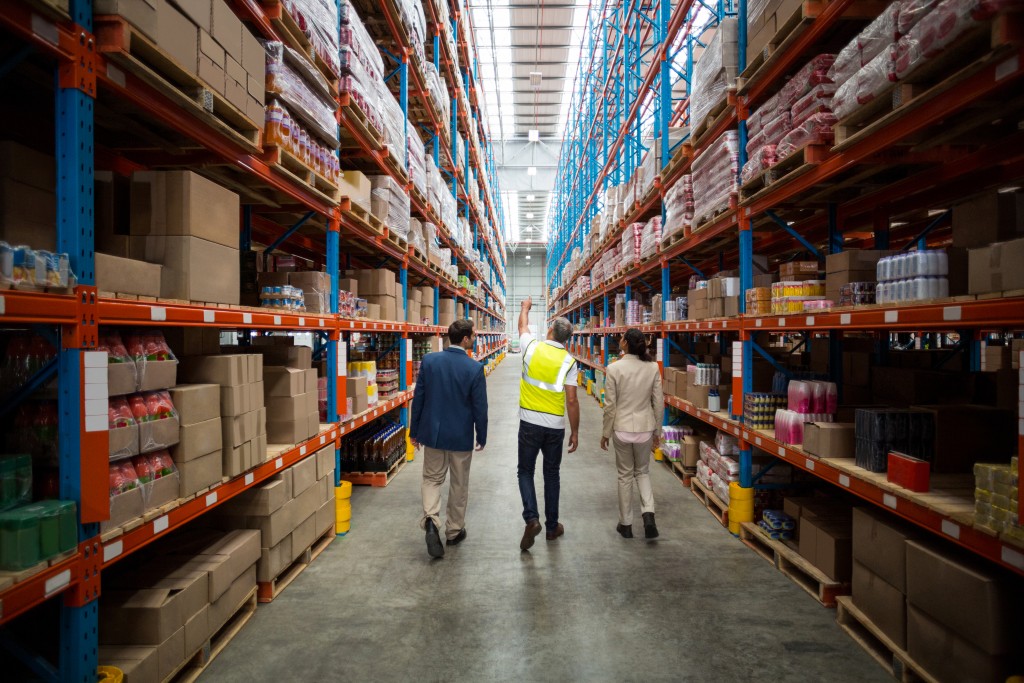Like any industry, the logistics sector has been impacted by the coronavirus pandemic. Lockdown restrictions halted or caused delays in shipments and deliveries, especially of those non-essential goods. But there’s a silver lining: the industry has found a way to overcome many COVID-19-related challenges. What’s even better is these solutions have solved decade-long problems and created future opportunities.
Optimization is key
When people in lockdown turned to the internet to shop, the volumes of shipments significantly grew. In response, logistics companies fast-tracked their development strategies and optimized operations. Some companies expanded their operations to seven days a week, while others invested in e-commerce tools.
As lockdown restrictions ease up, the e-commerce industry remains strong. People are still hesitant to go out, so they continue to shop online to get their weekly supplies and other items that make their home lives convenient. Many logistics companies continue to respond to this trend with constant optimization.
One key area that some logistics companies optimize is shipment tracking. With greater supply chain visibility, they become more attractive to e-commerce shops. They use systems that monitor packages in real-time from its point of origin to its final destination. The data often comes from the company’s operational systems, warehouse sensors, pallet sensors, and telematics solutions in trucks and on ships.

Maximizing the use of data
Tracking packages isn’t only useful in keeping customers in the loop. But it can also be used to improve fleet routes. By knowing a package’s condition at every stage, logistics companies can predict possible disruption and provide a prompt solution. This has become a vital aspect of operations, especially during lockdowns where some roads are blocked and entry to some towns or cities is restricted.
After the pandemic, this clever use of data from sensors and trackers can still be useful. For instance, if you serve the food or pharmaceutical market, you can use sensors to monitor package temperatures. If the temperature is about to go beyond a certain tolerance, you can alert the truck driver or warehouse officer who can take corrective actions. This can result in less product waste and more on-time deliveries.
Putting a premium on safety
Truck drivers and other workers in the logistics sector are always at risk because of the nature of their job. That’s why there are truck driver rights lawyers and other agencies that protect their safety at work. The coronavirus pandemic has brightened the spotlight on workers’ safety, pushing logistics companies to place measures to keep their employees and contract drivers safe against the virus and other hazards.
Contactless pickups have become the norm. The use of smart locker solutions is maximized to lower the number of touch areas. Some companies also complement their traditional truck deliveries with drones. The use of drones to make small item deliveries, however, is still subject to local laws and regulations.
The coronavirus pandemic has led to dramatic changes in consumer behaviors. And these buying habits that are centered on safety and convenience are here to stay, even after the world ends the pandemic. In response, the logistics industry has to optimize and automate as much as possible, continuously maximize data, and place better measures to protect their workers who keep the supply chain moving.

